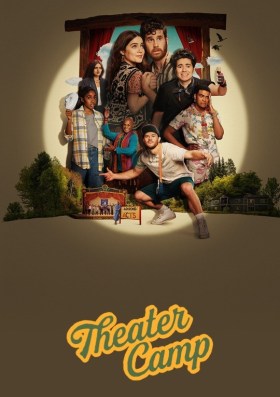
A few months ago, Emily Harstone wrote an entertaining post “14 Myths about Writers” for Authors Publish. “False assumptions, clichés, and myths” abound when it comes to the writing profession. The half-empty glass of bourbon on the desk, a pall of cigarette smoke. How many of these myths do you believe? Here are some of my favorites t:
1. The Muse – Although sometimes a writer is suddenly struck by a great idea, bringing it into reality (words on the page) doesn’t happen solely by inspiration. She quotes Pablo Picasso, “Inspiration exists, but it has to find you working.”
2. The Day Job Is the Enemy – yes, a job can take time away from the writing (as well as put food on the table), but it also exposes how people relate to each other, what the dynamics of a workplace are, and maybe even immerses the writer with content background that feeds the writing. Alafair Burke writes compelling courtroom dramas because she is a former Deputy District Attorney and teaches criminal law and procedure. Work experience informed the office environment for my suspense novel Architect of Courage, and readers who know the world of architecture found the interactions completely believable.
3. Writers are eccentric. Harstone says people believe writers “can say strange things and get away with it.” I actually have never gotten away with it. My family makes sure of that. Writers aren’t hermits, either, though sometimes when cranking away at a particularly troublesome juncture in a work-in-progress, we may shut the office door and put the phone on mute.
4. Writers have perfect grammar and never make mistakes. One read of a contemporary novel published by an editor-free small press will disabuse you of that idea. Even bigger publishers, sometimes. A thriller I read last year, published by a company claiming six editorial staff, was burdened by careless phrases like “about him and I.” Shudder.
5. “Everyone has a story, they just have to get it out.” Harstone says this is one of the most enduring of the myths. It isn’t just telling the story, it’s doing it well. Learning how to write takes time. I’d always done a lot of writing on-the-job, but I was writing fact-based reports and policy papers. When I started writing fiction seriously, I had to learn to write all over again.
6. Writers don’t “just make it up.” This isn’t in Harstone’s list, but I hear it a lot. It’s as if the author has total freedom. So not true. A story has to seem real to readers; characters must act believably (note: not “rationally”); plots have to make sense; descriptions of places and actions have to make sense; and it all has to fit together to fulfill the story’s purpose. Even fantasy and science fiction, in which the author is dealing with a completely unfamiliar world, actions and descriptions follow an internally consistent path. “World-building” it’s called, and it’s a lot of work!
And, apropos of the photo at the top of this post, it reminded me of a favorite line from Marge Piercy’s poem, “In Praise of Joe”: “All my books are written with your ink.”












